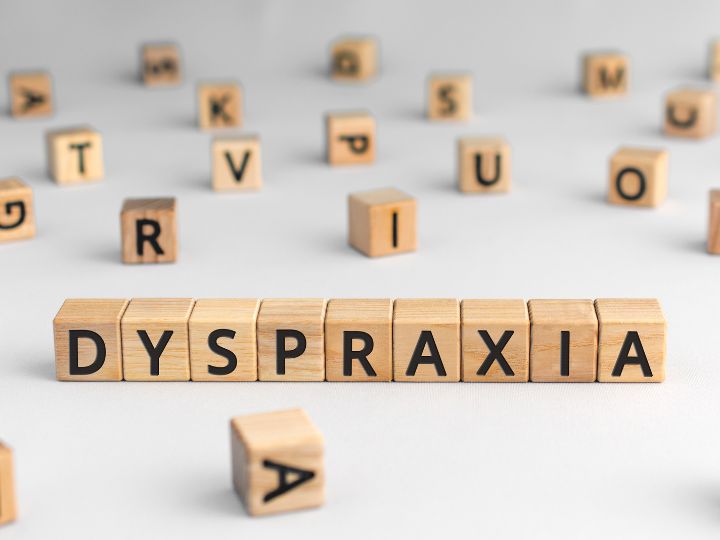Short Answer
Dyspraxia is a condition that affects motor coordination, planning, and organisation skills, impacting both children and adults. Engaging in targeted activities can help improve fine and gross motor skills, enhancing independence and confidence in daily tasks. Adults with dyspraxia can particularly benefit from structured exercises that focus on coordination, balance, and hand-eye coordination.
Understanding Dyspraxia and Motor Skills
Dyspraxia, also known as Developmental Coordination Disorder (DCD), can make everyday movements, like writing, buttoning clothes, or catching a ball, challenging. While children are often the focus of intervention, dyspraxia in adults is increasingly recognised, with tailored activities helping to manage coordination difficulties in work and daily life. Fine motor skills involve small muscle movements, often in the hands and fingers, while gross motor skills relate to larger movements like walking, running, or jumping. Strengthening both is crucial for overall physical and functional development.
1. Handwriting Practice
Writing can be particularly challenging for kids and adults with dyspraxia. Using guided worksheets, tracing exercises, or even typing can gradually improve hand control. Incorporating tools like pencil grips or slant boards can support wrist stability and posture, making handwriting less strenuous.
2. Playdough and Clay Activities
Manipulating playdough or modelling clay is a fun way to enhance fine motor skills. Rolling, pinching, and shaping clay strengthens hand muscles, improves finger dexterity, and encourages bilateral coordination. For adults, similar activities such as sculpting small items or engaging in craft projects can provide both therapeutic and creative benefits.
3. Ball Games for Coordination
Gross motor skills benefit from activities that require movement and timing. Catching, throwing, or kicking a ball helps improve hand-eye coordination, balance, and spatial awareness. Adjusting the size of the ball and distance can gradually increase difficulty, accommodating different skill levels.
4. Obstacle Courses
Setting up simple indoor or outdoor obstacle courses can enhance both gross and fine motor skills simultaneously. Activities like crawling under tables, stepping over objects, and balancing on beams improve agility, coordination, and planning skills. For adults, a home gym setup or functional fitness exercises can serve a similar purpose.
5. Finger Games and Puzzles
Activities like finger painting, bead threading, or solving jigsaw puzzles promote precision and dexterity. These exercises require focus, patience, and bilateral hand use, which are often challenging for those with dyspraxia. Puzzles also encourage problem-solving skills, making them a dual-purpose activity.
6. Balance Exercises
Balance exercises, such as standing on one leg, using a balance board, or practising yoga poses, help develop postural control and core strength. Improved balance supports everyday activities like walking on uneven surfaces or climbing stairs, reducing the risk of falls and enhancing confidence.
7. Cutting and Craft Activities
Using scissors, drawing, and cutting shapes are excellent for refining hand-eye coordination and strengthening small muscles in the hands. These activities are suitable for children learning basic skills and adults seeking to improve manual dexterity for tasks like cooking or DIY projects.
8. Rhythm and Movement Activities
Dancing, clapping to music, or participating in movement-based games help enhance timing, coordination, and motor planning. These activities can also be social, providing opportunities to develop confidence and interaction skills. For adults, structured classes like aerobics or dance sessions can provide similar benefits.
9. Sensory Integration Activities
Sensory integration exercises, including tactile play, weighted blankets, or using textured objects, can improve body awareness and motor planning. These activities help the brain process sensory input more effectively, which is often a challenge for those with dyspraxia.
Tips for Consistency
- Start Small: Begin with short, manageable sessions to avoid frustration.
- Set Goals: Clear objectives encourage motivation and track progress.
- Make It Fun: Engage in enjoyable activities to promote long-term participation.
- Seek Guidance: Professionals specialising in dyspraxia can provide tailored programmes for both children and adults.
Final Thought
Improving motor skills in dyspraxia requires patience, persistence, and structured activities. While these exercises can benefit children, dyspraxia in adults can also be managed with consistent practice and professional support. Incorporating fine and gross motor activities into daily routines can boost confidence, independence, and overall quality of life. For more strategies, learning difficulty resources provide evidence-based guidance and practical tips for managing coordination challenges effectively.







